 EN
EN
 PT
PT
Product: Book
Trim size in cm: 20x27
Pages: 364 colourful pages
ISBN: 9788859004745
Publication date: 01/01/2014
Suitable for: Nursery 1st Level (ages 3-4), Nursery 2nd Level (ages 4-5), Primary 1st level (ages 6-7), Primary 2nd level (ages 8-10), Lower secondary 1st level (ages 10-11), Lower secondary 2nd level (ages 12-13), Upper secondary 1st level (ages 14-16), Upper secondary 2nd level (ages 17-19)
REQUEST A SAMPLE OR MORE INFORMATION
Result of the work of the greatest experts in the field, thanks to its practical and theoretical set-up, the guide Intellectual disability at school not only presents the characteristics of different intellectual disabilities and their repercussions in and out of school, but also strategies for strengthening skills lacking and tools for didactic and psychoeducational interventions.
In each chapter:
- a sequential time line illustrating which phase the suggestions given in the chapter belong to
- a conceptual map which predicts and organises content
- a number of case examples
- in-depth analysis of scientific research
- Interviews «A few questions for the expert...»
- advice for classroom teaching
- example worksheets and practical material to be used in class or at home with a pupil
- a summary of the contents presented in the chapter

«Erickson Guides», the outcome of the work of the greatest Italian experts in these fields, represent the most complete tools for intervention in schools. They not only provide an exhaustive framework of thecharacteristics peculiar to the various disorders and their consequences at school, but also strategies to deal with them, assessment tools and didactic intervention.
EACH GUIDE OFFERS A PROGRAMME IN 4 STAGES

KNOWING, OBSERVING, EVALUATING Clear and exhaustive definition of the disorder, diagnostic criteria, integration of children in class, the evaluation process

PLANNING AND PUTTING INTO ACTION Strategies and practical interventions to be enacted at school to deal effectively with teaching and educational special needs

REFLECTING ON AND UNDERSTANDING Consequences in the spheres of emotions, relationships, self-esteem and self-perception

JOINING FORCES AND SHARING Strategies to act synergically and involve school and family to improve the child’s wellbeing
IN EACH CHAPTER YOU CAN FIND...
a sequential time line which illustrates in which phase the practical indications given in the chapter are placed

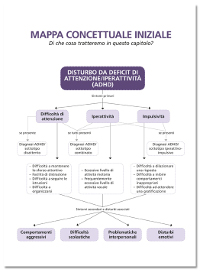
a conceptual map that illustrates the main contents and how they are related
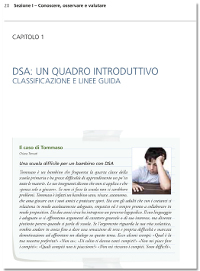
presentation of case examples, through short descriptions, portraying children in their daily typical situations
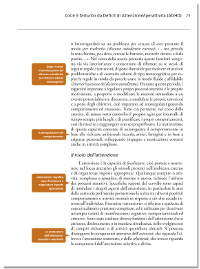
questions and key points alongside each paragraph to tell the reader what it is talked about
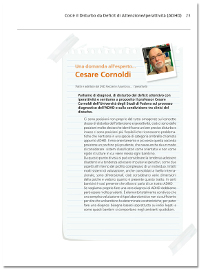
interviews with experts on the most debated and current aspects of the disturbs
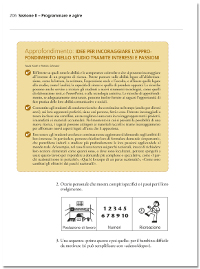
in-depths explanations of meaningful concepts and terms
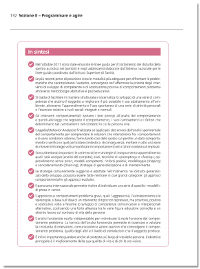
final summary box of the main contents dealt with in the chapter